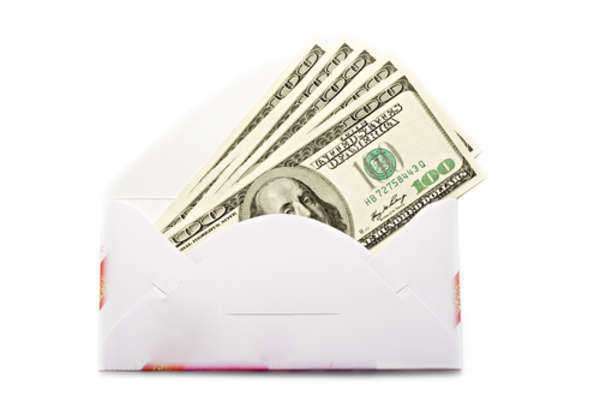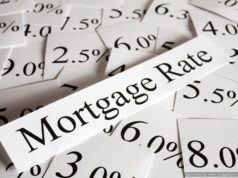
What is a Subsidized Loan?
A subsidized loan is a type of loan where the borrower is not required to pay interest. With a subsidized loan the attached interest is paid by another party.
Interest is typically placed on a loan in the form of periodic payments according to the loan’s annual percentage rate. Interest payments do not diminish the principal amount, but instead, simply serve as a fee for borrowing.
Any party may subsidize a loan. Depending on the type of financing, the subsidizing party may be a government agency, a non-profit organization or a private institution. The United States Government, for example, will pay the interest attached to student loans in a subsidized Stafford Loan program.
How do I Qualify for a Subsidized Loan?
Depending on the issuer of your loan, you will need to qualify to be free from interest payments. A number of housing loans (such as the first time home buyer loans) will require you to live in a certain area and ear below a specific dollar amount to be ruled free from interest obligations. Moreover, a student loan may be subsidized if you demonstrate a financial need; this need must be affirmed based on your income and resources compared to the cost of attending a graduate or post-graduate school of higher learning.
In addition to demonstrating a financial need for a subsidized student loan, you must meet other criteria; a loan may only be subsidized while you are:
• Enrolled at least half time
• During a grace period
• During qualified deferment periods
Once you are ruled ineligible to meet the above criteria, interest will accumulate on your loans.
Subsidized Student Loans:
A subsidized student loan is a type of loan where the government responsible for issuing the loan will pay the interest while the student remains active in a qualified university or college. In a subsidized student loan agreement the attached interest obligation is erased by the underlying government body.
A subsidized loan is often confused with a student loan that is in deferment. These types of loans accrue interest throughout the student’s education career, however, no payments are due until after the student graduates or withdraws from schooling.
A subsidized student loan is typically reserved for students who demonstrate a financial need on an ongoing basis, particularly throughout their university education. The most common form of subsidized student loans are Perkins and Stafford Loans.
Am I Eligible for a Federal Subsidized Loan?
To be ruled eligible for a Federal Subsidized loan you must satisfy the eligibility requirements for financial aid as described by federal law. Moreover, you must demonstrate a real financial need for the borrowing. Financial need is demonstrated when your expected family contribution, plus the amount of the loan and any other financial aid received, is less than your cost of attendance or tuition.
If you are ruled eligible for a Federal Direct Subsidized loan, you must understand the limits attached:
• For a 1st year student, earning fewer than 30 credits, you are not permitted to borrow more than $3,500 per year.
• For a 2nd year student, earning 30 credits or more, you are not permitted to borrow more than $4,500 per year
• The undergraduate aggregate maximum amount borrowed is capped at $23,000
If you are ruled ineligible to borrow the full amount you request or you need additional funding, you may request some or the full balance as an unsubsidized loan.
You may not borrow in excess of the cost of attendance minus the family contribution and any additional funding you receive. Before you process your request for a loan, your school’s financial aid office will calculate the amount of funding you are eligible for.
If you are enrolled for less than a full academic year, the amount of the loan you are eligible for may be less than the limits listed above. Moreover, the government may place a limit on how frequently you request or receive the maximum amounts.
Is there any Fees Associated with a Subsidized Student Loan?
Although the government will promise to satisfy the interest payments, you are obliged to fulfill an origination fee of 3% and a default fee of 1%. These fees are deducted in proportion to your loan amount after each disbursement. The proceeds from this fee will be provided to the Federal Government to partially offset the administrative costs of processing a standardized loan.
When am I Required to Pay Back my Subsidized Loan?
All recipients of a standardized loan are given a six month grace period after they graduate, drop below half-time or leave school before they are required to begin repaying their loan. During a grace period, students will not have to make payments on the principal and are not charged interest. Students are permitted to prepay any portion of the loan at any time without accruing a penalty.
All accounts are actively managed by the United States Department of Education’s Direct Loan Servicing Center. If you have a problem with your account do not hesitate to contact their offices at 1-800-848-0979.
































